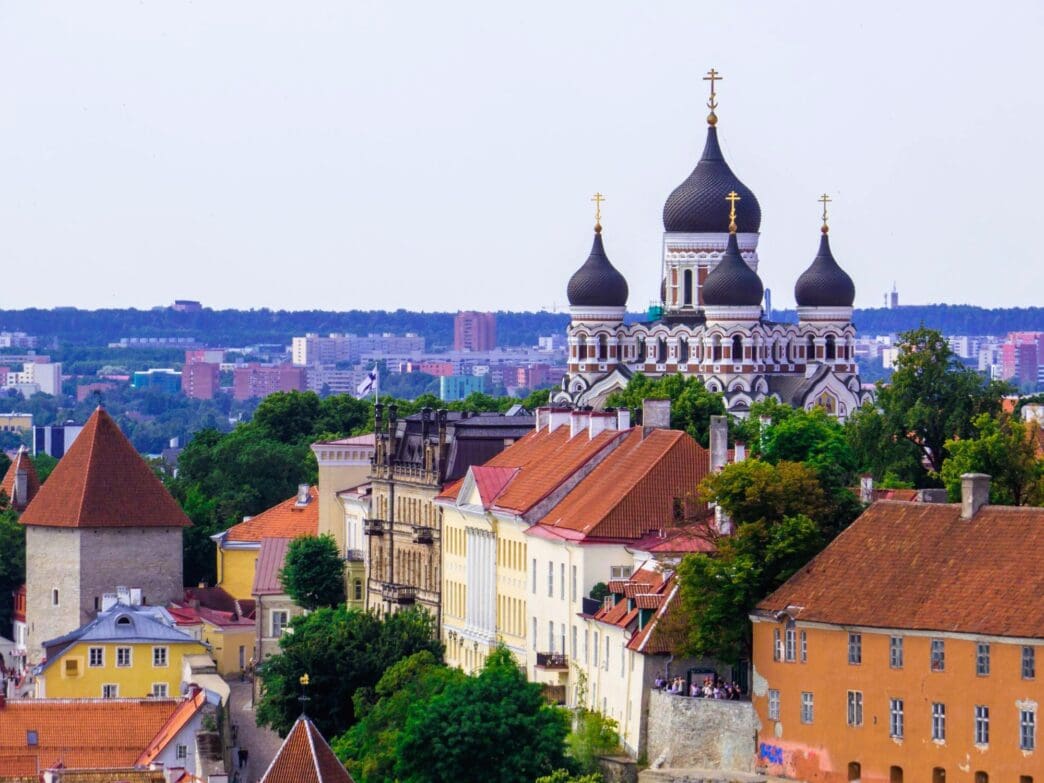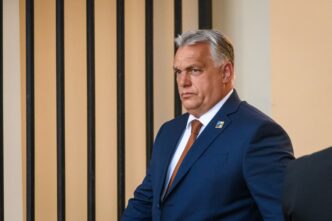Executive Summary
The Story So Far
Why This Matters
Who Thinks What?
Estonia is at a pivotal juncture as it heads into parliamentary elections, with the outcome poised to significantly influence the nation’s trajectory towards European Union accession. The election will determine whether Estonia accelerates its integration with Brussels, recalibrates its approach with increased caution, or pursues a balanced, pragmatic path, reflecting the diverse views of its political parties on the future of its strategic ambition.
The Significance of EU Accession
For Estonia, the project of EU accession carries both profound symbolic and tangible material dimensions. Symbolically, it represents the culmination of its transformation from a Soviet republic into a sovereign European democracy, solidifying its reorientation towards Western Europe.
Economically and socially, membership promises access to structural funds, capital inflows, and integration into continental markets. It also extends to Estonian citizens the benefits of free movement, educational opportunities, and enhanced welfare protections. For a small state, EU membership is also viewed as a crucial mechanism for anchoring national security within a collective Western framework.
Estonia’s Reform Legacy and Current Political Landscape
Estonia has long been recognized as a “reform laboratory” in the post-communist space, with its EU application in 1995 and negotiations beginning in 1998 marking a logical progression of this reformist trajectory. The current electoral campaign reflects similar structural dilemmas but is refracted through today’s party landscape.
Divergent Approaches to Integration
The political spectrum presents three main approaches to EU integration. The liberal and reformist camp advocates for rapid convergence with Brussels, signaling an unambiguous commitment to accelerated integration and reinforcing Estonia’s profile as a model reformer within Europe.
Conversely, national-conservative and sovereigntist parties express caution, highlighting potential risks such as dependency, threats to agricultural sustainability, and the erosion of sovereign policy space under supranational regulation. While not aiming to derail integration, a victory for this camp would likely recalibrate its tempo and scope.
Centrist forces propose a pragmatic sequencing of integration, advocating for steady but cautious progress. Their approach emphasizes protective measures for vulnerable sectors and a focus on social equilibrium, viewing EU accession as inevitable but requiring careful management of its mode and velocity to maintain domestic cohesion.
Geopolitical and Economic Context
These elections unfold against a backdrop of increasing economic and geopolitical pressures. Energy security has emerged as a defining cleavage of this electoral cycle, with many framing EU membership as a pathway to diversification, investment in renewable energy, and insulation from Russian energy leverage.
Historical memory also remains a potent electoral force, with the trauma of Soviet occupation continuing to shape Estonia’s strategic culture and influencing its orientation towards Western institutions.
Implications for Estonia and Brussels
The election results will directly impact Estonia’s EU accession path. Should liberal parties prevail, Estonia is expected to accelerate negotiations. A conservative victory would likely introduce caution, potentially slowing legislative harmonization and weakening Estonia’s negotiating leverage.
If centrist forces emerge as kingmakers, Estonia would probably follow a pragmatic middle road, balancing integration with domestic considerations. For Brussels, these distinctions matter, as the EU typically favors candidate states that demonstrate strong reform momentum and political consensus.
Estonia’s credibility as a frontrunner will therefore hinge on whether the elections yield a government with a clear mandate for integration or one that tempers ambition with sovereignty-first rhetoric.
Defining Estonia’s Future Orientation
Ultimately, these elections are more than just about forming a new cabinet; they are about defining Estonia’s civilizational orientation. A liberal mandate would propel accelerated integration, a conservative ascendancy would slow the accession timetable, and a centrist-mediated coalition would pursue a hybrid course combining gradualism with commitment to the EU project.








